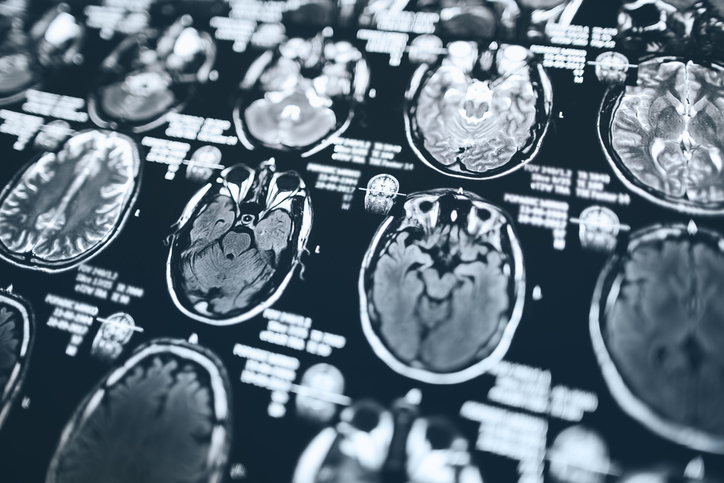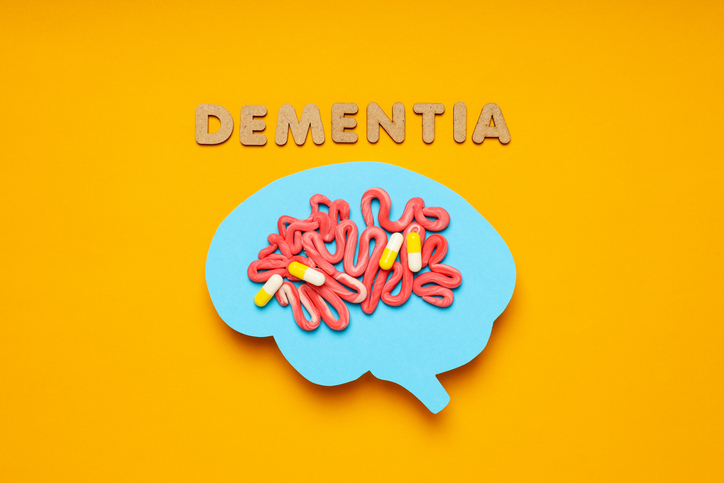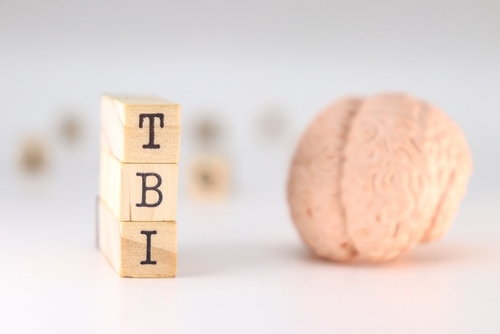
A phase 2, double-masked, placebo-controlled randomized clinical trial dubbed The 3D Study of 81 patients aimed to answer whether lowering brain iron elevation in Alzheimer disease with the iron chelator deferiprone slows cognitive decline. The study was led by Scott Ayton, PhD, and was published in JAMA Neurol.
Participants with amyloid-confirmed mild cognitive impairment or early Alzheimer disease (a Mini-Mental State Examination score of 20 or higher) across nine sites in Australia were randomly assigned 2:1 to receive deferiprone 15 mg/kg twice per day or placebo for 12 months.
The primary outcome was composite cognitive measure assessed at baseline, 6 months, and 12 months using a neuropsychological test battery of memory, executive function, and attention tasks. Secondary outcomes included change in brain iron burden measured by quantitative susceptibility mapping, MRI (target engagement), brain volume changes (secondary efficacy measure), and adverse events (safety analysis).
Of the 81 participants, 53 were randomly assigned to deferiprone treatment (mean [SD] age, 73.0 [8.0] years; 29 men [54.7%]) and 28 to placebo (mean [SD] age, 71.6 [7.2] years; 17 men [60.7%]). Fifty-four participants completed the study (seven [25%] withdrew from the placebo group and 20 [37.7%] withdrew from the deferiprone group.
According to an intention-to-treat analysis, participants treated with deferiprone showed accelerated cognitive decline on the neuropsychological test battery (β for interaction =-0.50; 95% CI, -0.80 to -0.20) compared to placebo (change in NTB composite z score for deferiprone, -0.80; 95% CI, -0.98 to -0.62; for placebo, -0.30; 95% CI, -0.54 to -0.06).
Secondary analysis revealed that this result was driven by worsening performance on executive function tests. Quantitative susceptibility mapping confirmed that deferiprone decreased iron in the hippocampus compared to placebo (change in hippocampal quantitative susceptibility mapping for deferiprone, -0.36 ppb; 95% CI, -0.76 to 0.04 ppb; for placebo, 0.32 ppb; 95% CI, -0.12 to 0.75 ppb; β for interaction, -0.68; 95% CI, -1.27 to -0.09).
Longitudinal hippocampal volume loss was not affected by deferiprone, but exploratory analysis of other brain regions revealed increased volume loss with deferiprone in frontal areas. The frequency of the adverse effect of neutropenia (four participants [7.5%] in the deferiprone group) was higher than in similar studies (1.6%, -4.4%).
“These trial findings show that deferiprone 15 mg/kg twice a day decreased hippocampal QSM and accelerated cognitive decline in patients with amyloid-confirmed early AD, suggesting that lowering iron with deferiprone is detrimental to patients with AD,” the researchers concluded.







 © 2025 Mashup Media, LLC, a Formedics Property. All Rights Reserved.
© 2025 Mashup Media, LLC, a Formedics Property. All Rights Reserved.